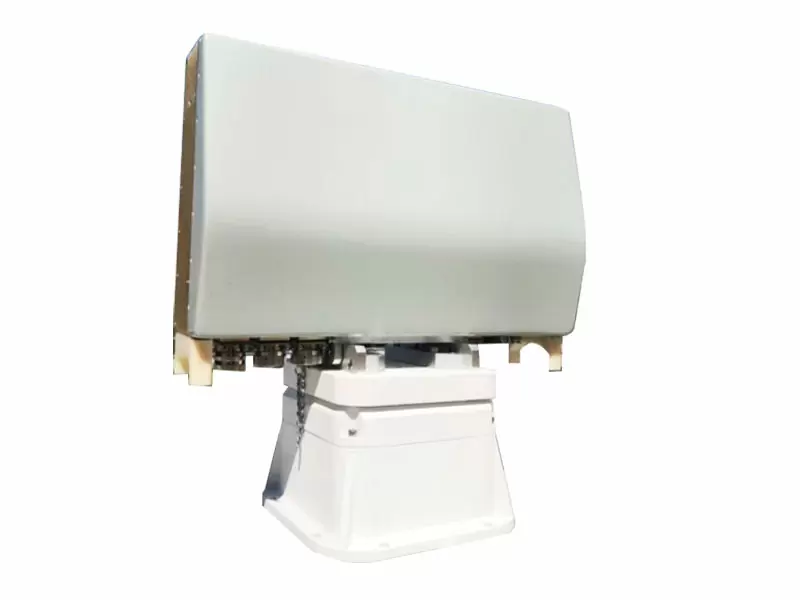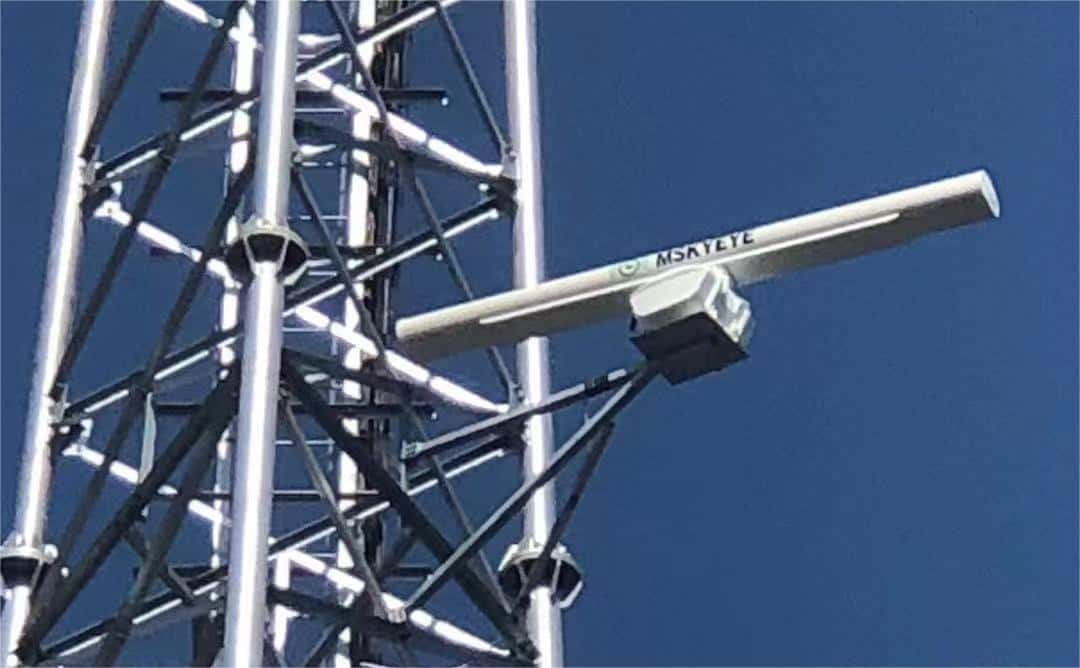Exploring the Two Types of Surveillance Radar: A Comprehensive Guide
Surveillance radar systems are vital tools used in a wide range of applications, including aviation, maritime operations, weather forecasting, and defense. These systems enable the detection and tracking of objects in real-time, providing valuable information for situational awareness and safety. In this article, we will delve into the two primary types of surveillance radar: primary radar and secondary radar. By understanding their key differences and functionalities, we can gain a deeper appreciation of their significance and applications in various fields.

Primary Radar:
Primary radar, also known as primary surveillance radar (PSR), operates by emitting radio waves and then detecting the reflections from objects within its range. This type of radar system measures the time taken for the reflected signal to return, allowing it to determine the distance, direction, and speed of the detected object. Primary radar is commonly utilized in air traffic control, weather monitoring, and the detection of aircraft, ships, and other moving objects. It is especially valuable in situations where radar transponder systems may not be present or active.
Secondary Radar:
Secondary radar, or secondary surveillance radar (SSR), works in conjunction with primary radar to enhance surveillance capabilities. Unlike primary radar, which relies solely on radar reflections, secondary radar utilizes transponders installed on aircraft or other objects. These transponders receive the primary radar signals and respond by transmitting a unique identification code. This code allows the secondary radar system to determine the object's identity, along with its position and altitude. Secondary radar is widely employed in air traffic control, providing precise aircraft identification and facilitating more efficient and secure airspace management.
Key Differences and Applications:
The primary difference between primary and secondary radar lies in their methodologies and the information they provide. Primary radar detects objects based on reflected radio waves, providing information about the object's position, distance, and velocity. It is suitable for wide-area surveillance and can detect objects even if they do not have transponders. On the other hand, secondary radar relies on active transponders on the objects being monitored. It provides additional information such as identification codes, aircraft altitude, and flight information.
In terms of applications, primary radar is essential for radar coverage in remote areas, maritime navigation, and weather monitoring systems. It is especially valuable for object detection in situations where there may be a lack of transponder-equipped objects or when identifying specific objects is not a priority. Secondary radar, predominantly used in air traffic control, helps ensure accurate positional data, safe separation between aircraft, and efficient airspace management. The combination of primary and secondary radar provides a comprehensive surveillance system for various industries and defense purposes.

Understanding the two types of surveillance radar, primary radar and secondary radar, is crucial for appreciating their different principles and applications. While primary radar detects objects based on reflected radio waves, secondary radar relies on transponders to obtain more detailed information, including identification codes and altitude. By harnessing the benefits of both radar types, industries such as aviation, maritime operations, meteorology, and defense can enhance their surveillance capabilities, ensure safety, and improve overall operational efficiency.
In the ever-evolving landscape of surveillance radar technology, staying ahead is paramount. As a leading manufacturer and exporter of Surveillance Radar, we pride ourselves on our state-of-the-art factory and dedicated research and development team. Our commitment to excellence shines through in our high-quality products and exceptional export service.
Whether you require Airborne Early Warning (AEW) radar for enhanced situational awareness or Ground Surveillance Radar (GSR) for robust perimeter security, our comprehensive range of radar solutions caters to diverse operational needs. With advanced features, superior performance, and reliability, our radars ensure optimal detection and tracking capabilities.
Partnering with us means gaining access to cutting-edge technology and customized radar solutions that surpass industry standards. Our team of experts is passionate about delivering the best-in-class products and services tailored to your specific requirements.

